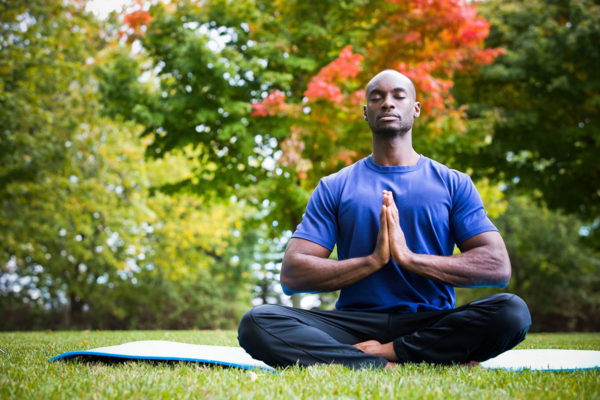Mindfulness is the practice of bringing awareness to the present moment with an open and accepting attitude. It allows individuals to cultivate stillness and clarity in a world filled with distractions. By focusing on the breath, bodily sensations, or even everyday activities, mindfulness helps in reducing stress and improving overall well-being. When practiced consistently, it enhances emotional resilience and promotes a sense of inner peace. This state of awareness does not require perfection but rather a gentle effort to return to the present whenever the mind wanders. Over time, mindfulness can become a natural part of daily life, allowing individuals to experience greater balance and harmony. One of the simplest ways to begin practicing mindfulness is through guided meditation. These sessions provide structured support to help individuals develop focus and awareness. Guided practices often start with deep breathing, allowing the mind and body to settle into a state of relaxation.

As attention shifts to sensations, thoughts, or emotions, practitioners learn to observe without judgment. This process cultivates self-compassion and fosters a deeper understanding of the mind’s patterns. With regular practice, guided mindfulness exercises can enhance concentration and create a sense of mental spaciousness. The guidance offered helps beginners stay engaged and committed to their journey. Another effective technique is the body scan meditation, which involves paying attention to different parts of the body systematically. This practice encourages a deep connection with physical sensations, helping individuals release tension and become more attuned to their bodies. By shifting awareness from the head down to the toes, the body scan cultivates relaxation and presence. It is particularly beneficial for reducing physical stress and improving sleep quality. Through this practice, individuals develop a greater appreciation for their bodies and the signals they send.
The experience fosters a heightened sense of bodily awareness that supports overall well-being. Mindful breathing is another powerful way to cultivate awareness and stillness. This practice centers on observing the natural rhythm of the breath without attempting to change it. By focusing on inhalation and exhalation, guided meditation scripts for coaches individuals anchor themselves in the present moment, allowing thoughts to come and go without attachment. This technique is especially useful during moments of stress or anxiety, as it promotes calmness and emotional stability. Mindful breathing can be practiced anywhere, making it an accessible tool for grounding oneself throughout the day. Over time, it enhances the ability to remain centered even in challenging situations. Walking meditation is a dynamic form of mindfulness that integrates movement with awareness. Instead of rushing from one place to another, this practice encourages slow, deliberate steps while focusing on the sensations of walking. Noticing the contact of the feet with the ground and the rhythm of movement helps bring attention to the present. Walking meditation fosters a sense of peace and appreciation for the environment.
